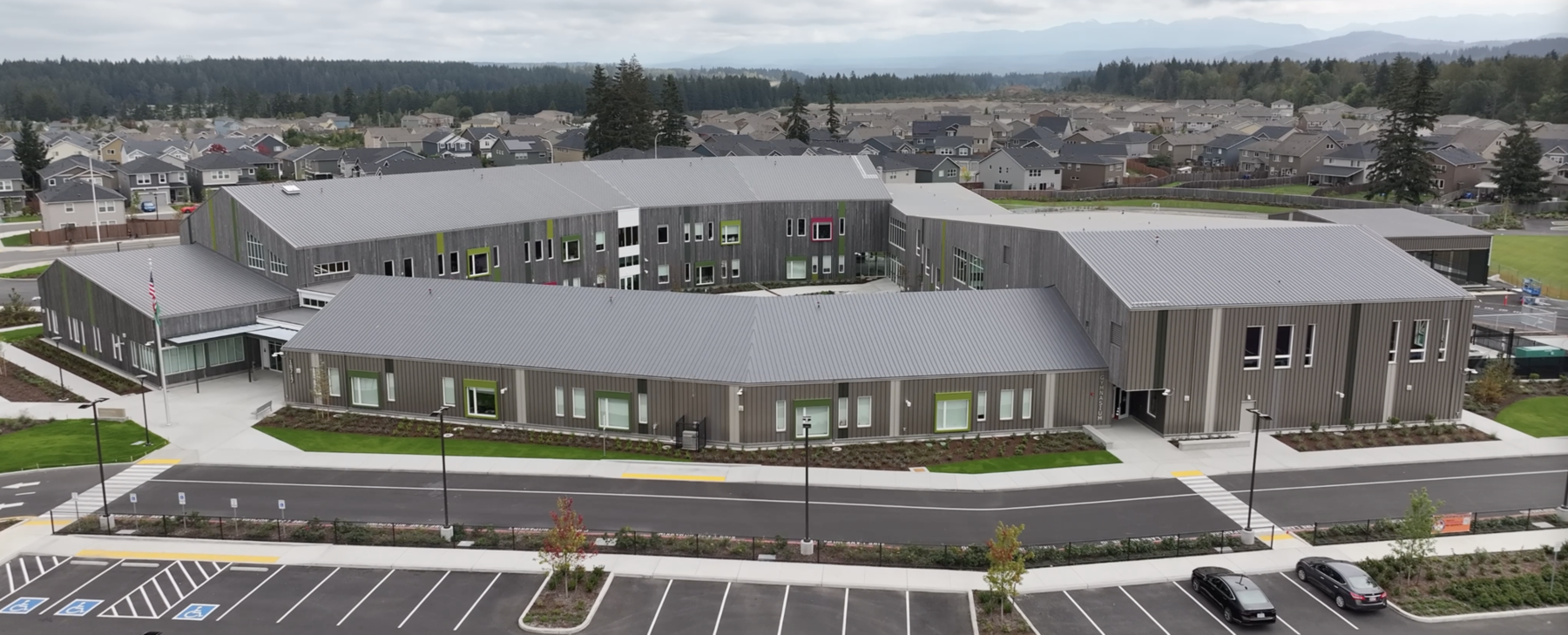Blog
Roof Storm-Damage Prevention: Seattle’s Rainy Season Readiness

Seattle’s rainy season is no joke. From persistent drizzles to heavy downpours and wind-driven storms, the weather can take a serious toll on commercial roofs. At Axiom D7, as a Seattle commercial roofer, we know that proactive maintenance is key to preventing costly damage. Whether you manage a warehouse in SODO or an office complex in Ballard, preparing your roof before the rains hit is essential.
Why Storm-Damage Prevention Matters
Seattle averages over 150 days of precipitation each year. For commercial properties, that means constant exposure to moisture, which can lead to leaks, structural damage, and mold if your roof isn’t ready. Taking preventive steps before the storm season ramps up can extend the life of your Seattle commercial roofing and protect your investment.
Pre-Storm Roof Inspection Checklist
Before Seattle’s heavy rains roll in, a comprehensive commercial roof inspection is your first line of defense. Spotting vulnerabilities early can prevent small issues from turning into expensive emergencies. Here’s a deeper dive into what property managers and facility teams should focus on:
1. Flashing and Sealants
Flashing—typically installed around roof penetrations and edges—is prone to wear and tear. Check for signs of corrosion, cracking, or lifting. Old or deteriorating sealants around vents, chimneys, and skylights can allow water intrusion. Replace any compromised materials with commercial-grade sealants suitable for wet climates.
2. Roof Membrane Condition
Flat commercial roofs in Seattle often feature TPO, EPDM, or modified bitumen membranes. Inspect for punctures, tears, blisters, or areas where the membrane may be lifting. Pay attention to spots where water has pooled—known as ponding—which can stress the structure and break down the membrane over time.
3. Roof Edges and Copings
Edges and parapet walls are common weak points during storms, especially in high-wind conditions. Make sure metal copings are tightly fastened and sealed. Loose or gapped edges are a major cause of wind uplift and can lead to more extensive damage.
4. Drainage Systems and Penetrations
While inspecting the membrane, assess all drains, scuppers, and penetrations for clogs or deterioration. Ensure drainage components are free from obstruction and that any roof penetrations have intact seals to prevent moisture seepage.
5. Documentation and Records
Maintaining a detailed inspection log helps track issues over time and supports warranty claims. Include photos and notes for all problem areas and repairs.
At Axiom D7, our roof inspection services are tailored to Seattle’s climate and building codes. We provide detailed reports and expert recommendations to keep your roof storm-ready.
Secure Loose Materials and Debris
Wind and rain can turn unsecured rooftop items into hazards. Loose panels, tools, or even HVAC covers can become airborne during a storm, damaging the roof or nearby structures. Before storm season:
- Remove unnecessary items from the roof.
- Secure any temporary installations.
- Ensure rooftop equipment is fastened properly.
Our team can assist with storm-readiness walk-throughs to make sure nothing gets overlooked.
Gutter and Downspout Health
Your roof's drainage system plays a critical role during heavy rains. Clogged or damaged gutters and downspouts can lead to water pooling on the roof, causing leaks and structural strain.
Here’s what to check:
- Clear out debris such as leaves, moss, and branches.
- Inspect joints and seams for leaks or rust.
- Ensure downspouts direct water away from the building’s foundation.
We recommend cleaning gutters at least twice a year—and more frequently if your property is near trees.
Be Proactive, Stay Protected
Storm-damage prevention is more than a checklist—it’s a safeguard for your business. With Axiom D7, Seattle commercial property owners can count on reliable roofing expertise and timely service before, during, and after the rainy season.
Need a pre-storm inspection or help securing your roof? Contact Axiom D7 today to schedule a consultation and ensure your roof is ready for anything Seattle’s skies throw your way.

